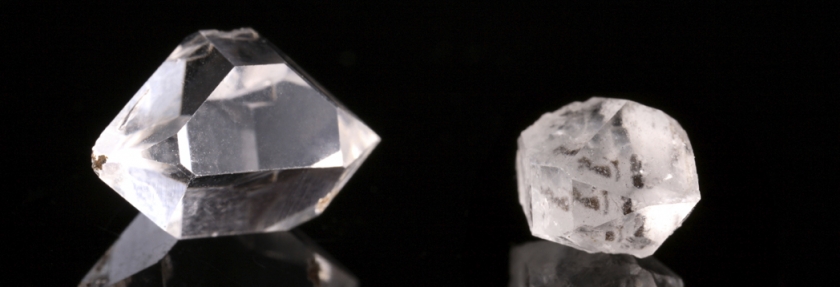- Home
- What determines a diamond’s value?
What determines a diamond’s value?

The value of a diamond is determined on the basis of the 4 Cs.
CARAT: Clarity expresses the weight of a diamond. 1 carat equals 0.2 grams or 100 points. Diamonds are weighed on a calibrated scale, which is accurate up to 0.000001 grams.
CLARITY: Pure diamonds are extremely rare. Almost all diamonds contain impurities or ‘inclusions’. These are traces of other materials that were captured in the mineral during the diamond’s formation process. Usually, a great deal of inclusions is removed during the splitting, sawing, grinding and polishing of a diamond. The less impurity there is, the greater value the diamond has.
CUT: The quality of the grinding work of a diamond, or the ‘workmanship’ as diamond traders often call it, determines the reaction of the light entering the stone and thus how the stone will sparkle. Diamond cutters make every effort to grind each stone according to a precise mathematical formula, by which the facets of the diamond are grinded in precise angles to each other. The most well-known formula for the round brilliant with 57 facets was introduced in 1919 by Belgian mathematician Marcel Tolkowsky.
COLOR: Most diamonds are ‘colorless’, which in the diamond trade varies from totally colorless to yellowish. A small percentage of diamonds has vibrant colors, including shades of yellow, red, pink, green, brown and black. These are called ‘fancy colors’. Especially the blue and pink diamonds are extremely valuable.





